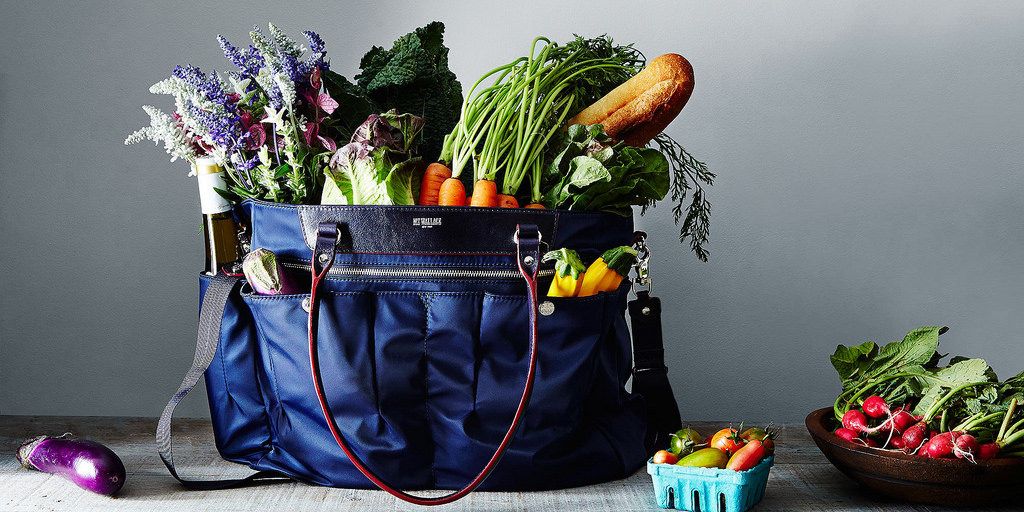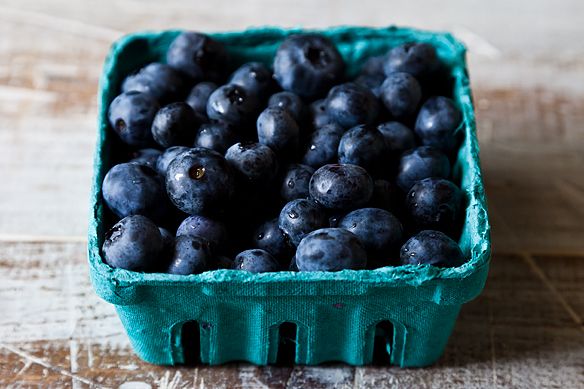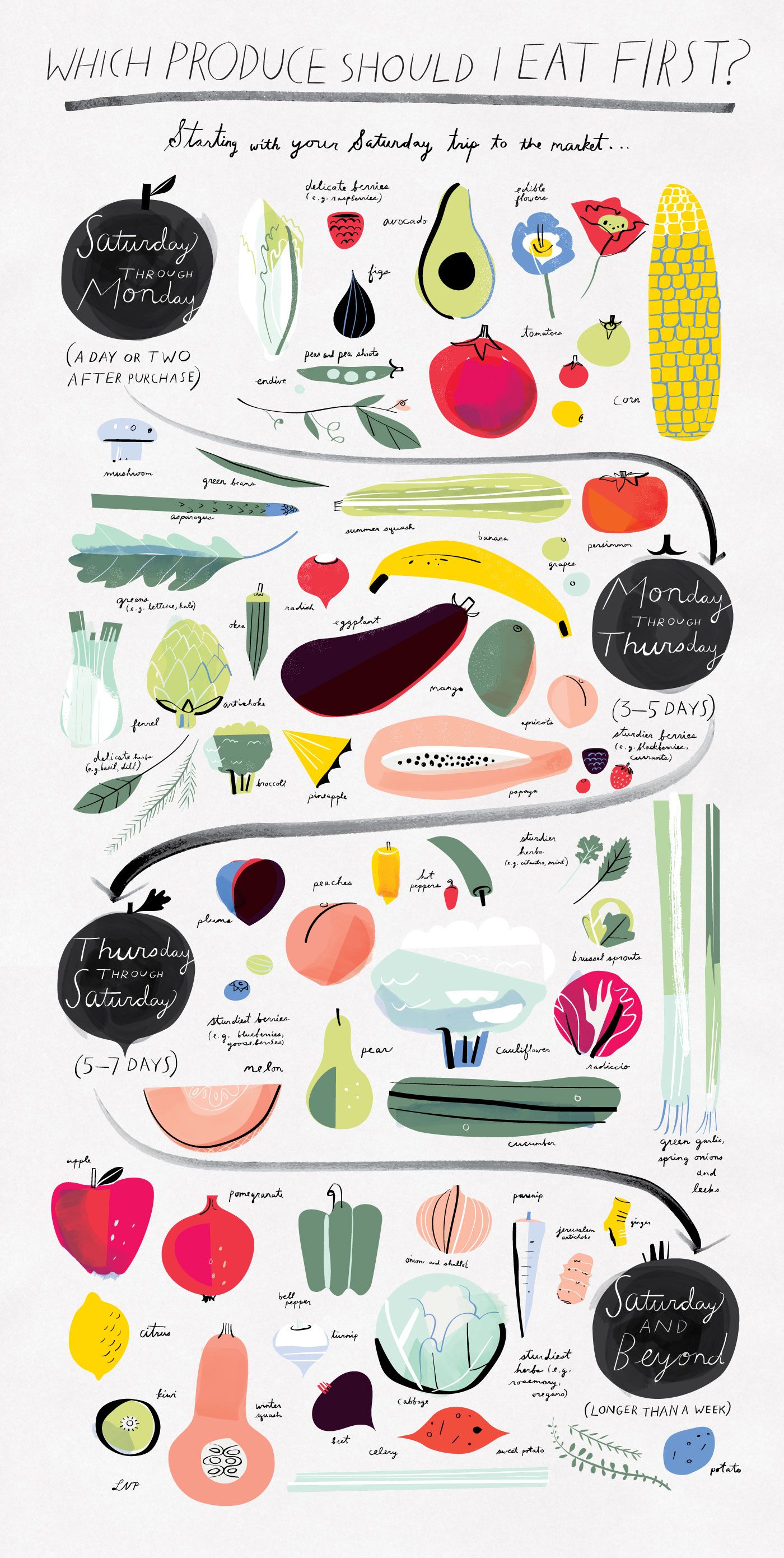Popular on Food52
Continue After Advertisement
9 Comments
liliana
April 22, 2018
I would certainly appreciate a list of veggies according to how long they can be kept.
Roaming over the drawings may appeal to the aesthetic eye but is quite frustrating if you are looking for a particular veggie decision.
A chart would be much appreciated.
Roaming over the drawings may appeal to the aesthetic eye but is quite frustrating if you are looking for a particular veggie decision.
A chart would be much appreciated.
Lindsay-Jean H.
April 23, 2018
Thanks for the feedback liliana, I get how that would be frustrating. This isn't a chart either, but an good post on the same topic that might be of interest if you haven't seen it before: https://food52.com/blog/19507-how-to-store-your-produce-so-it-lasts-longer
EL
February 22, 2016
Interesting. The flow chart is very nice.
I notice that you don't have lettuce or spinach on your flow-chart, but they are two of the types of produce most commonly purchased (especially in early spring). I have found the two are not interchangeable with the spinach definitely rotting faster than lettuce (especially romaine). I also have not had problems with endive -- that is, I have been able to eat it up to a week after purchase as long as it is stored in the fridge.
I notice that you don't have lettuce or spinach on your flow-chart, but they are two of the types of produce most commonly purchased (especially in early spring). I have found the two are not interchangeable with the spinach definitely rotting faster than lettuce (especially romaine). I also have not had problems with endive -- that is, I have been able to eat it up to a week after purchase as long as it is stored in the fridge.
isabel H.
June 24, 2015
Bunches of cut herbs such as parsley and cilanto will stay fresh up to several weeks if stored in refrigerator in a tall cup partly filled with water and covered loosely with a plastic bag.
J
July 14, 2023
Same with asparagus! I a plastic bag loosely over the top and it lasts for at least a week in the fridge.
James
June 24, 2015
I have been freezing or making a paste and refrigerate the berries all along. Blueberries, organic or not, seem to get fungus in a couple of days even if I washed them as soon as I got them. I should try that trick.
I know that other produce lasts longer when in a container. If you remove the air from the container and moisture from outside the produce, it lasts even longer, in the refrigerator. I don't have anything to suck the air out of the plastic bag but I just squeeze out as much as I can.
I know that other produce lasts longer when in a container. If you remove the air from the container and moisture from outside the produce, it lasts even longer, in the refrigerator. I don't have anything to suck the air out of the plastic bag but I just squeeze out as much as I can.
DS
June 28, 2015
James,
Re getting the air out of a plastic bag - remove as much as you can by compressing the bag around the contents. If it's a zip-loc, zip it until almost closed (maybe 1/2" left open, insert a straw and suck out the air while holding the bag opening tight around the straw. If not a zip-loc, just hold it around the straw as tight as possible while sucking the air out. Hope this helps!
Re getting the air out of a plastic bag - remove as much as you can by compressing the bag around the contents. If it's a zip-loc, zip it until almost closed (maybe 1/2" left open, insert a straw and suck out the air while holding the bag opening tight around the straw. If not a zip-loc, just hold it around the straw as tight as possible while sucking the air out. Hope this helps!




See what other Food52 readers are saying.